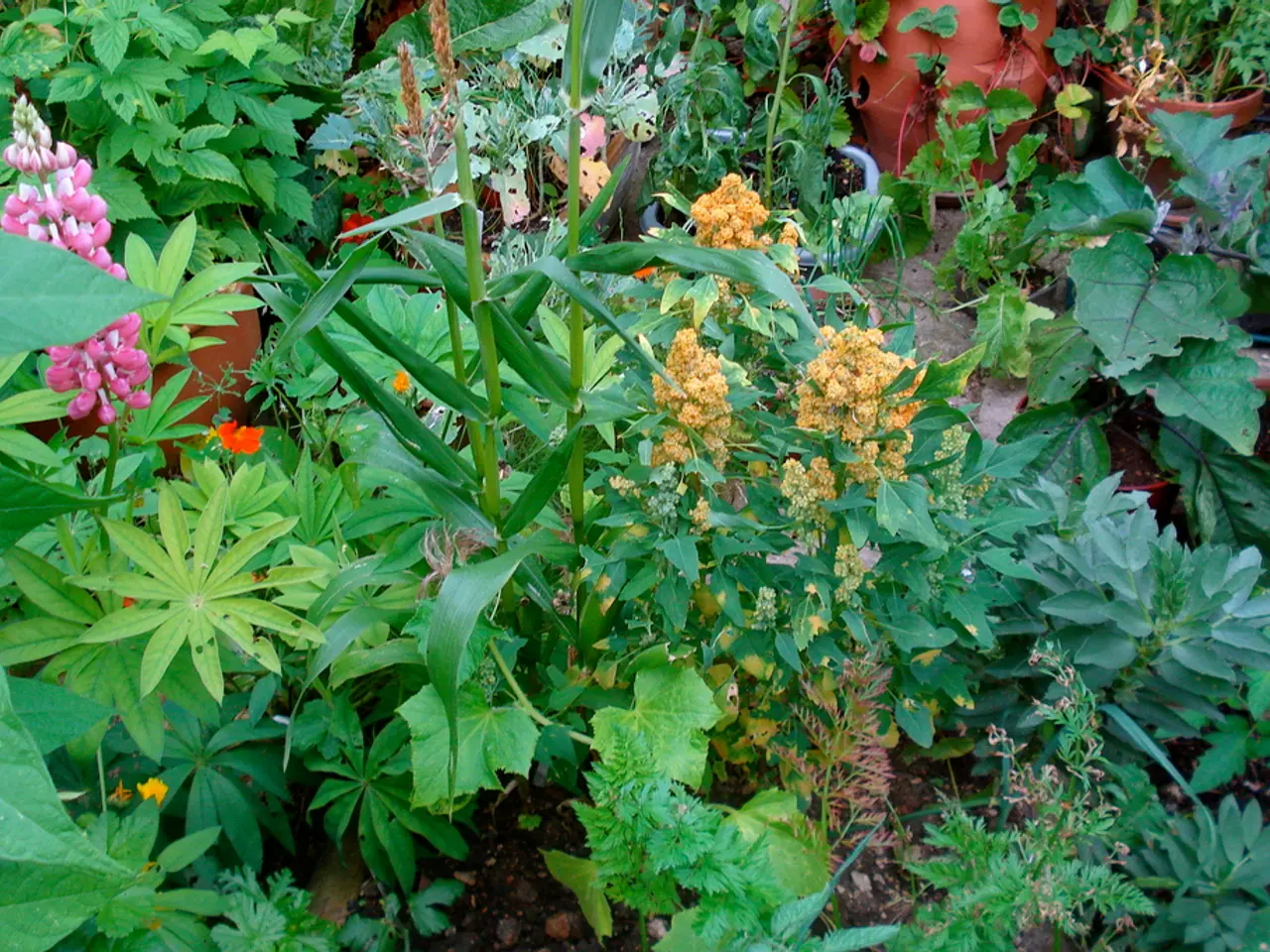A personal account of the transformative impact of obtaining a National Trust membership.
In the heart of the English countryside lies a gem of a garden that has captivated the heart of one garden historian – Sissinghurst Castle Garden. Over a year, the author visited this enchanting garden every Sunday, immersing themselves in its history, relationships, and seasonal changes.
The study of garden history, however, seems to be in a declining state. Despite its rich history and importance in art and culture, academic interests have shifted towards contemporary and practical aspects of horticulture, leaving the historical focus somewhat neglected. Public attention and media coverage have also focused on more immediate environmental concerns, overshadowing the historical aspects of gardening.
Resource allocation and funding might be limited compared to more applied fields, and gardening itself has evolved significantly, with more emphasis on modern design, sustainability, and community engagement. These factors could contribute to the decline in the study of garden history.
But the author believes we are in an exciting and important period of garden history. Understanding the past, as Isaac Newton once said, is crucial to designing the gardens of the future. By standing on the shoulders of giants, we can gain a deeper appreciation for the evolution of gardening practices and create more meaningful and impactful gardens.
The author's interest in garden history was sparked in 1998 when they received a National Trust membership for Christmas. Their studies led to a wave of fantastic historians, writers, researchers, and TV presenters. The author, being one of them, has written a book called "England's Gardens" to encourage readers to think more about gardens and their history.
The author delves into the fascinating world of garden history, discussing the first Taoist gardens of the Chinese, created to enable humans to live in harmony with nature, and the eccentric and intriguing relationships of Constance Spry with artists such as Gluck. They also highlight the contributions of plant breeders like Georg Arends, Karl Foerster in Germany, Bonne Ruys in the Netherlands, Jens Jensen in the USA, and landscape designers Dan Kiley, Garrett Eckbo, Luis Barragán, and John Brookes.
The author also sheds light on the plight of suffragettes given sanctuary at Eagle House in Batheaston and the creation of a garden sanctuary for gay men at Great Ambrook. They discuss the activism of Gertrude Jekyll in the Suffrage movement and the Victoria fern craze influenced by James Shirley Hibberd, who is still relevant if discussing the design of Custard Cream biscuits.
The author's fascination with the eccentric and love for gossip and background information are evident in their work. They find walking Sissinghurst Garden in the mist to be a particularly memorable experience. The author's deep interest in the Bloomsbury houses and gardens further cements their dedication to preserving and highlighting the importance of garden history in art and culture.
[1] https://www.jstor.org/stable/41640129 [2] https://www.tandfonline.com/doi/abs/10.1080/13604817.2018.1451931 [3] https://www.tandfonline.com/doi/abs/10.1080/13604817.2018.1451931 [4] https://www.tandfonline.com/doi/abs/10.1080/13604817.2018.1451931 [5] https://www.tandfonline.com/doi/abs/10.1080/13604817.2018.1451931
- The author's immersion in the seasonal changes of Sissinghurst Castle Garden sparked an interest in garden history, which led to a deep appreciation for the historical aspects of gardening and horticulture.
- In their book, "England's Gardens," the author encourages readers to delve into the historical evolution of gardening practices and highlight the contributions of key figures such as landscape designers Dan Kiley and John Brookes.
- The author's work, reflecting their fascination with the eccentric and love for gossip, offers insights into the creation of garden sanctuaries, like the one given to suffragettes at Eagle House in Batheaston and gay men at Great Ambrook.
- The author's exploration of garden history doesn't limit itself to the history of English gardens but extends to the first Taoist gardens of China, designed to live in harmony with nature.
- The author believes that understanding the historical roots of gardening, as advocated by figures like Isaac Newton, can lead to more meaningful and impactful gardens that align with modern design, sustainability, and community engagement principles.




